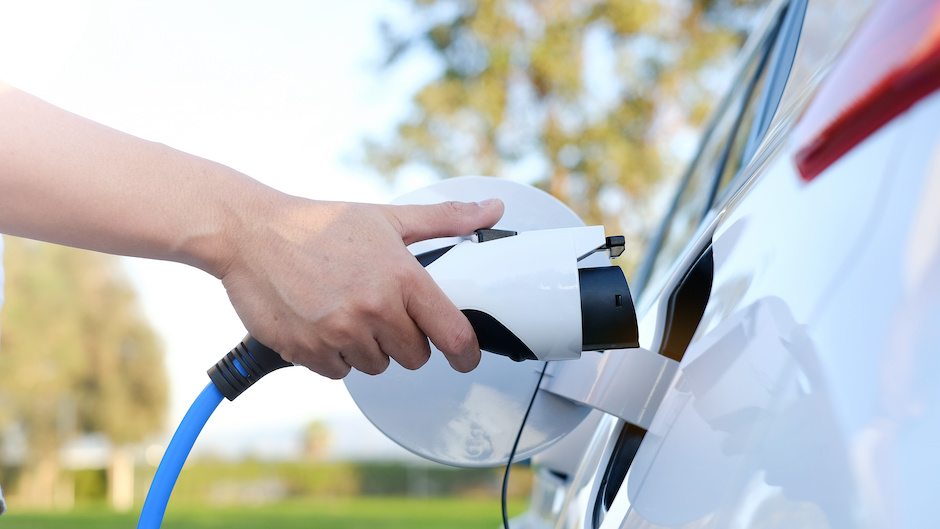UK needs ‘step change’ in EV charging rollout, report says
A new report, published today by Connected Kerb, calls for a ‘step change’ in the ambition of the UK’s EV charging rollout.

Ahead of the 2030 ban on new petrol and diesel cars in support of the UK’s net zero goals, companies including EY, UKPN, Motability,Mitie Group PLC and Connected Kerb are calling for a ‘supercharged’ infrastructure rollout — described by Connected Kerb's CEO Chris Pateman-Jones as ‘absolutely fundamental to achieving a cleaner and fairer transport future’.
The report, ‘How to meet the UK’s EV charging needs by 2030’, draws on consumer research and insights from 11 industry experts. It outlines what national and local government, investors, developers and charging point providers must do to ensure the UK can deliver ‘ubiquitous, affordable and easy-to access’ charging.
Research from the SMMT found that despite increasing EV registrations in the UK, the ratio of EV charge points to plug-in cars deteriorated by 31 per cent during 2020 alone. This puts Britain’s current ratio (16:1) behind other countries including South Korea (3:1), the Netherlands (5:1) and France (10:1). Motability predicts that the number of charge points will need to increase ten-fold by 2030 to cater to the new numbers of EV drivers.
Register now to continue reading
Thanks for visiting The Engineer. You’ve now reached your monthly limit of news stories. Register for free to unlock unlimited access to all of our news coverage, as well as premium content including opinion, in-depth features and special reports.
Benefits of registering
-
In-depth insights and coverage of key emerging trends
-
Unrestricted access to special reports throughout the year
-
Daily technology news delivered straight to your inbox










Water Sector Talent Exodus Could Cripple The Sector
Maybe if things are essential for the running of a country and we want to pay a fair price we should be running these utilities on a not for profit...